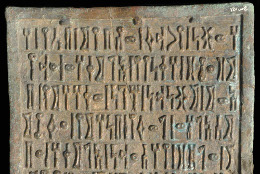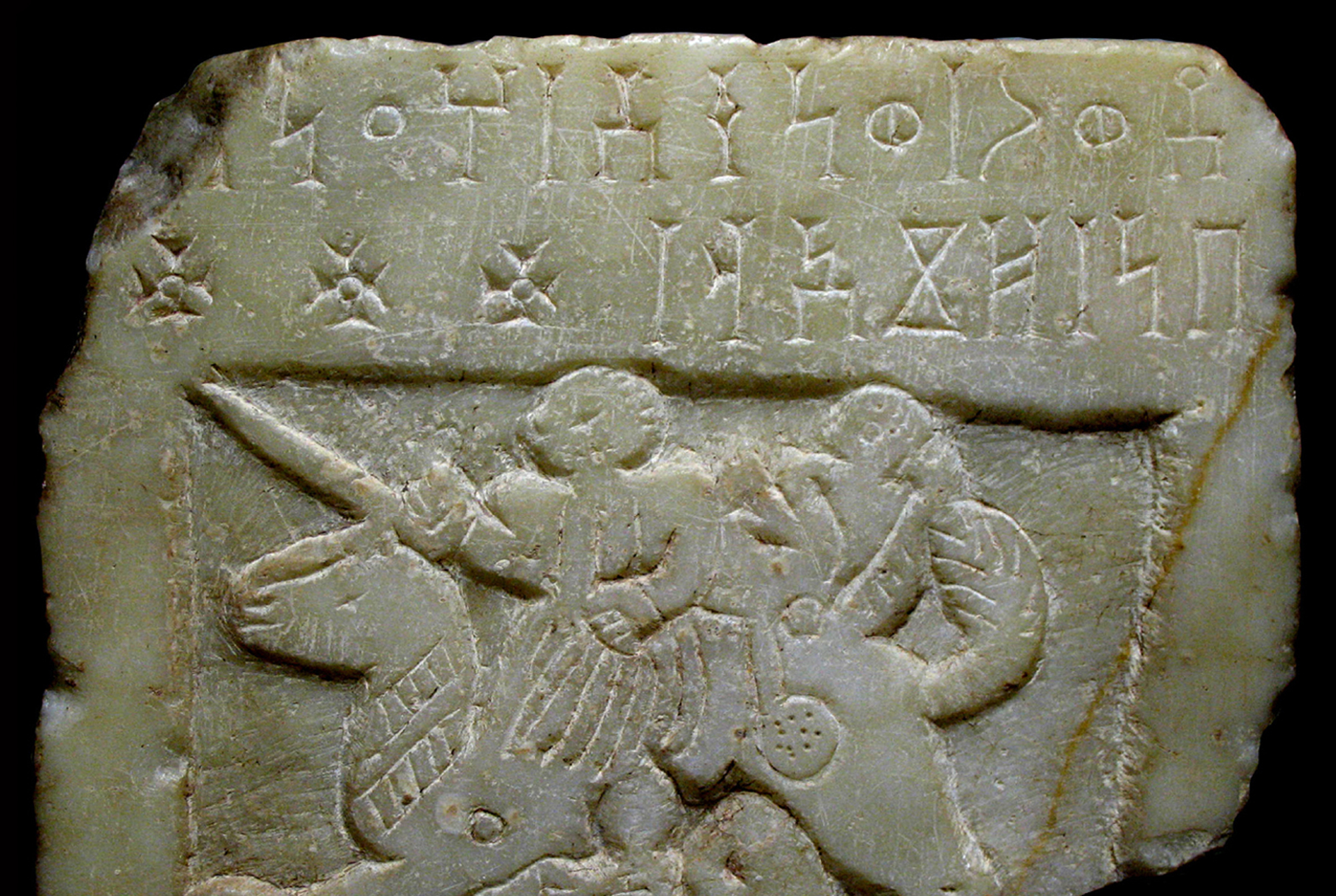Corpus of Sabaic Inscriptions (work in progress)
The Corpus of Sabaic inscriptions is the largest linguistic corpus of South Arabian texts. To date, of the approximately 5,000 Sabaic inscriptions, more than two thirds have been published in DASI. This corpus is divided into three major historical linguistic periods: early, middle and late. We have also identified a number of regional varieties such as the Corpus of Early Sabaic inscriptions from Ethiopia (that is being compiled) and - in the Middle phase - the Central, Northern and Southern Sabaic.
CORPORA BY LANGUAGE

Corpus of Early Sabaic Inscriptions (work in progress)
The chronological subdivision of the long Sabaean linguistic history adopted in CSAI follows the guidelines indicated by P. Stein, who locates the beginning of the "Middle Sabaic" period in the 4th – 3rd century AD. So, the Corpus of the Ancient Sabaic inscriptions in CSAI collects all the Sabaic texts of the early phase, which corresponds to the mukarribs' period.Corpus of Early Sabaic Inscriptions from Ethiopia (work in progress)
The corpus of Early Sabaic inscriptions from Ethiopia consists of about 100 texts recorded on different objects and materials. They come from a territory comprising the South of Eritrea and the North of Ethiopia (Tigray region), where Saba extended its influence in the first half of the 1st millennium BC.Corpus of Northern Middle Sabaic Inscriptions (work in progress)
The Northern Middle Sabaic inscriptions are those Middle Sabaic texts originating from the areas of the town of Haram in the Jawf valley and of the wādī Shuḍayf north of it. The corpus is made up of a small number of inscriptions left by the members of the tribes of ʾmrm, Ḥnk and ʿṯtr.
Corpus of Central Middle Sabaic Inscriptions (work in progress)
The Central Middle Sabaic inscriptions are those Middle Sabaic texts originating from the areas of Mārib, Ṣirwāḥ, some cities of the Jawf, and the Yemeni highlands north of Ṣanʿāʾ (P. Stein's Zentrale Dialekte). Chronologically, they are set in the period from the late 4th century BC up to the 3rd century AD. The linguistic border dividing the Central and the Raydanite inscriptions lies in the area of Ġaymān and Noʿḍ. Although this frontier is not clearly defined, at present only the Ġaymān texts have been included in the Central Sabaic corpus.Corpus of Southern Middle Sabaic Inscriptions (work in progress)
In the Southern Middle Sabaic corpus we included the Middle Sabaic inscriptions (chronologically dating back to the late 4th century BC up to the 3rd century AD) coming from the Yemeni plateau south of Ṣanʿāʾ (thus embracing P. Stein's varieties of Südsabäisch and Radmanisch).
Corpus of Late Sabaic Inscriptions
The Late Sabaic Corpus is made up of some 200 inscriptions that date to between the 4th and 6th centuries AD. Inscriptions from this period are found all over south Arabia, but they also come from places beyond the border of Najrān, like Biʾr Ḥimā, Biʾr Murayġan or wādī Maʾsal, in central Arabia. We have long, commemorative texts, which describe the military campaigns of the Himyarite kings (BR-Yanbuq 47, Ry 509, Ry 510).